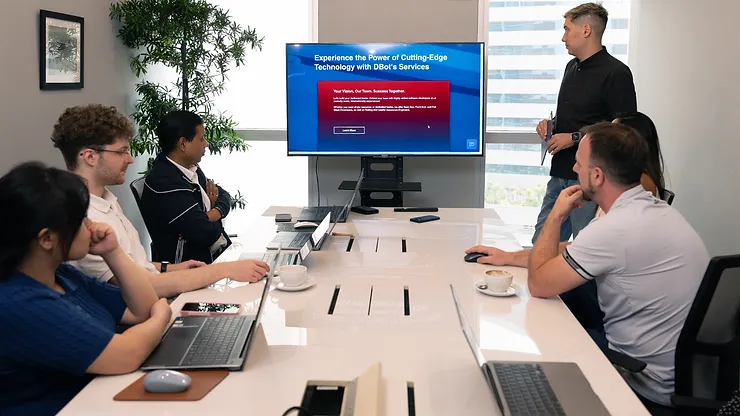A legacy system refers to outdated software or hardware that an organization continues to use, even though newer, more advanced technology solutions are available. These systems are often integral to daily business operations but have limitations due to their age and lack of compatibility with modern technologies.
Legacy systems are typically the backbone of many companies that have been around for years, especially in sectors like finance, healthcare, and government, where data and operational continuity are crucial. While these systems served businesses well in their heyday, the fast-paced technological advancements have rendered them obsolete in many aspects.

Why Do Businesses Still Use Legacy Systems?
The Cost of Replacement
For many companies, transitioning away from legacy systems can be costly and complex. These systems often have years, if not decades, of data and operational processes tied to them, making migration to new systems a time-consuming and expensive task.
Reliance on Customization
Many legacy systems are highly customized to meet the specific needs of a company, which makes replacing them difficult. Modern off-the-shelf solutions may not offer the same level of customization, forcing businesses to stick with their old systems.

Key Features of Legacy Systems
Outdated Programming Languages
Legacy systems are often built on old programming languages or platforms like COBOL, Fortran, or even Visual Basic. These languages are rarely taught or used today, making it difficult to find developers with the expertise to maintain them.
Limited Integration Capabilities
Legacy systems were not designed with modern APIs in mind, making it hard to integrate them with new applications, software, or hardware. This limits the company’s ability to innovate and grow.
High Maintenance Requirements
The older the system, the more likely it is to require frequent maintenance and troubleshooting. Legacy systems can often break down, leading to costly repairs and downtime.
Industries Where Legacy Systems Are Common
Finance
Banks and financial institutions often rely on legacy systems for core operations like transaction processing and record keeping. Transitioning to newer systems presents a high risk of downtime or errors, which is why many institutions continue to operate on outdated technology.
Healthcare
Hospitals and healthcare organizations often still use legacy electronic health record (EHR) systems. While there are more modern alternatives available, the cost and risk of migrating patient data to a new system are often prohibitive.
Government
Government organizations, particularly in areas like social security and defense, use legacy systems because of the critical nature of their operations. Any change to the system could result in disruptions to services that citizens rely on.
The Risks of Continuing with Legacy Systems
While legacy systems may still perform critical functions, they come with their own set of risks that companies must be aware of.

Security Vulnerabilities
One of the biggest risks of using legacy systems is security. Many legacy systems no longer receive updates or patches, making them prime targets for cyberattacks.
Operational Inefficiencies
Legacy systems are often slow, inefficient, and require manual intervention, which increases operational costs. This inefficiency can stifle innovation and delay time-to-market for new services or products.
Talent Gap
As fewer developers are trained in the older languages and frameworks used by legacy systems, companies may struggle to find the expertise needed to maintain these systems.
Transition to Modernization
Though businesses continue to rely on legacy systems for various reasons, the long-term sustainability of these systems is questionable. The limitations posed by legacy systems, such as security risks, inefficiencies, and a lack of scalability, will eventually force organizations to explore modernization options.
In our next posts, we’ll dive into how businesses can modernize their legacy systems to align with future goals and maintain competitiveness in an evolving digital landscape.
Legacy systems have played a crucial role in the development and success of many businesses. However, as the digital landscape evolves, companies must evaluate whether their reliance on outdated technology is worth the risk. While legacy systems continue to function, the associated costs, security risks, and operational inefficiencies make modernization an inevitable conversation.
DBot Software is here to help businesses understand their legacy systems and explore strategies for the future. Stay tuned for our upcoming articles where we will discuss solutions for modernizing legacy systems and ensuring your company is future-proof.
Contact us to learn more about how we can support your journey from legacy systems to modern technology.






